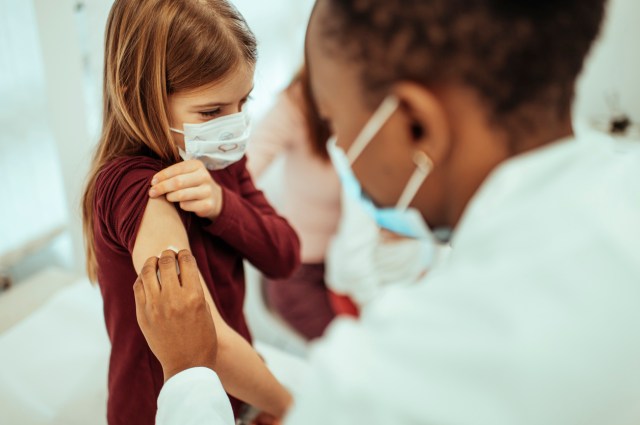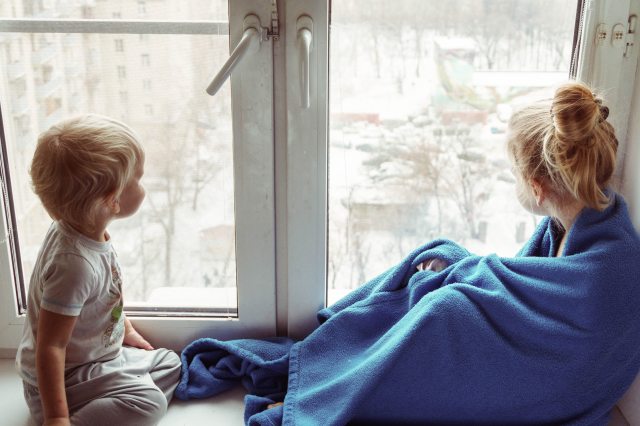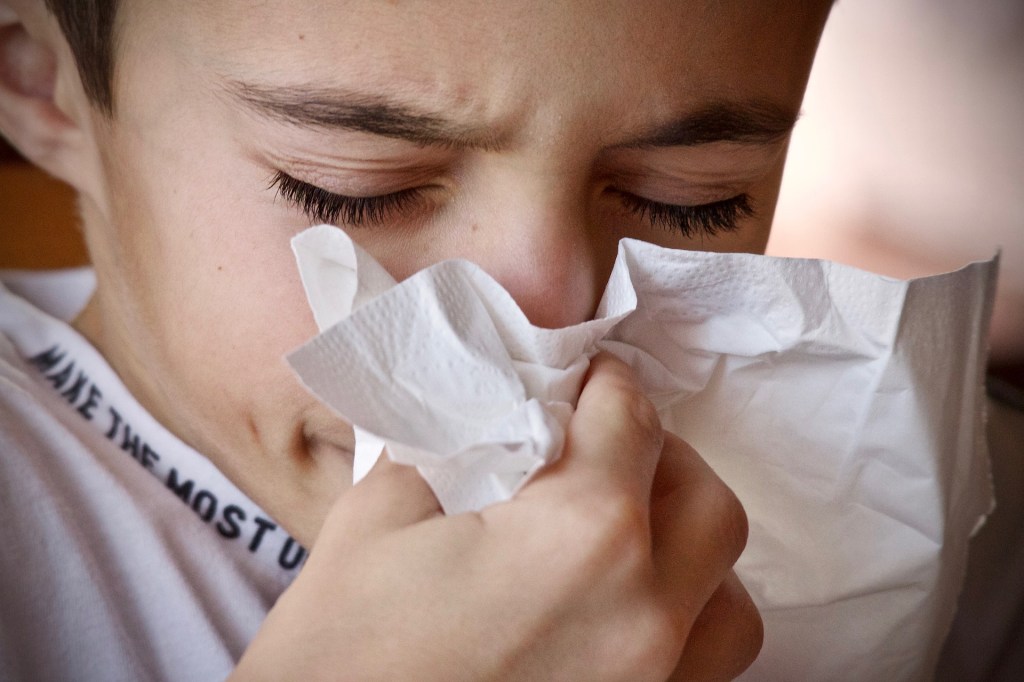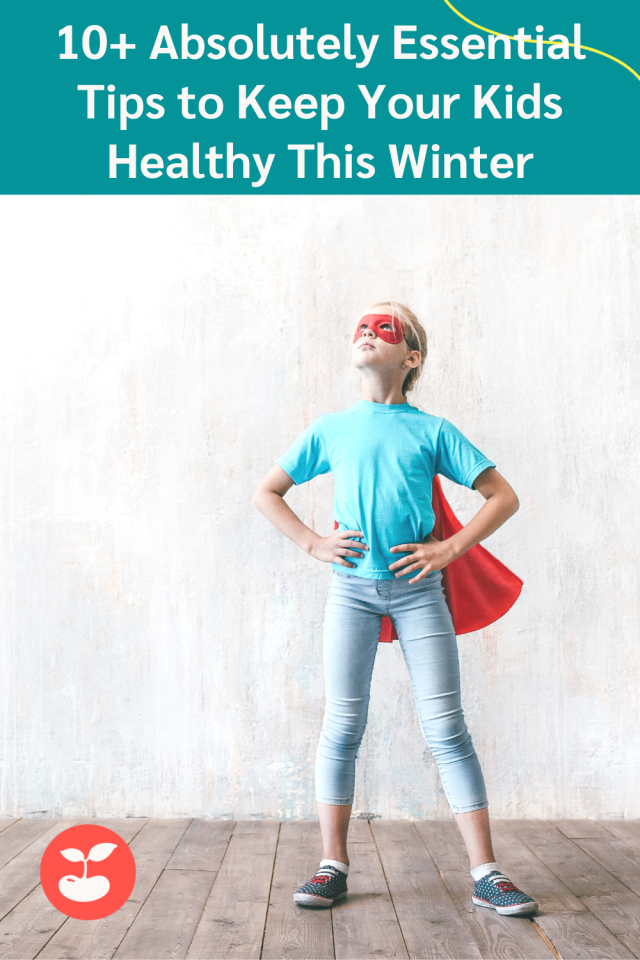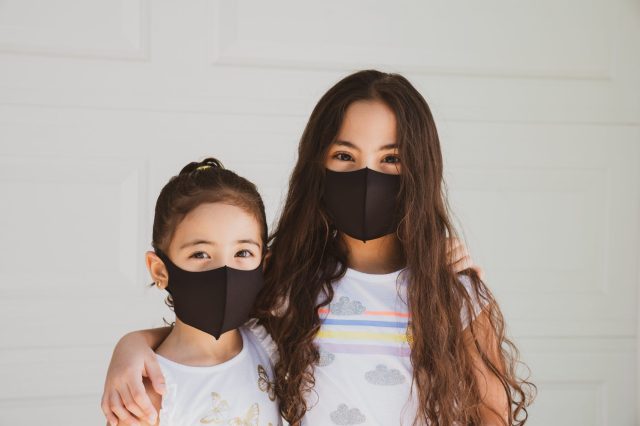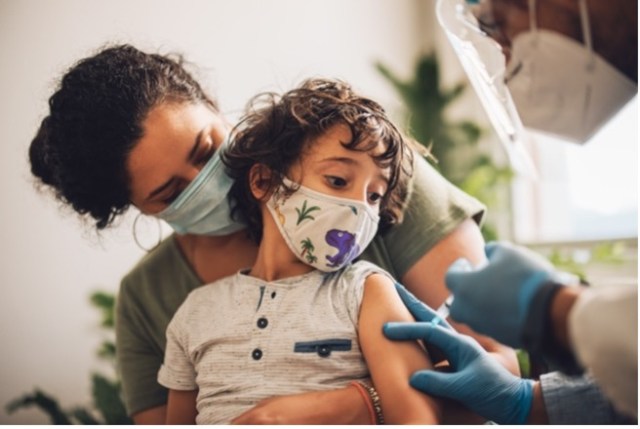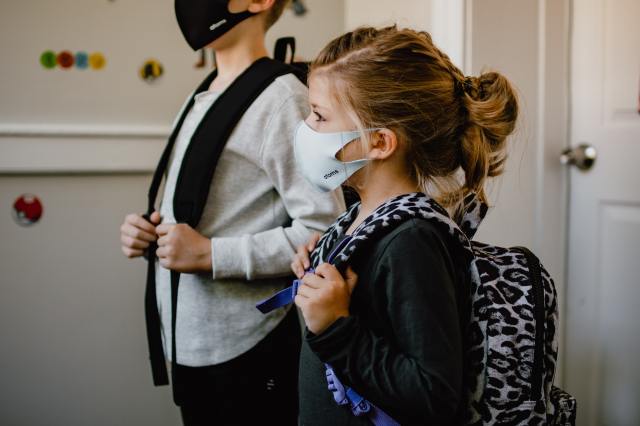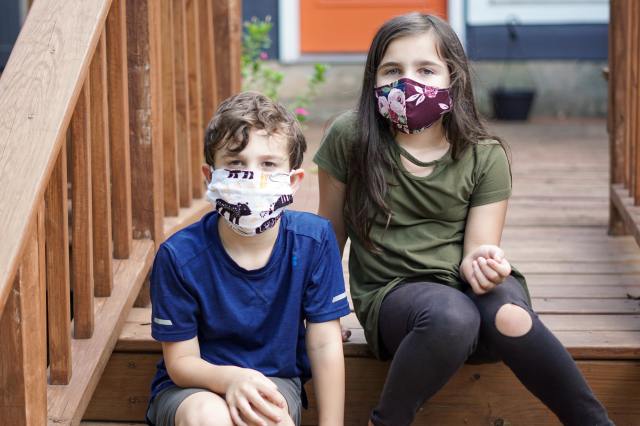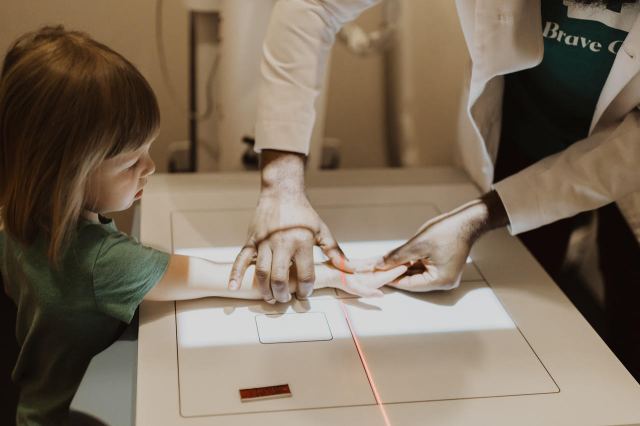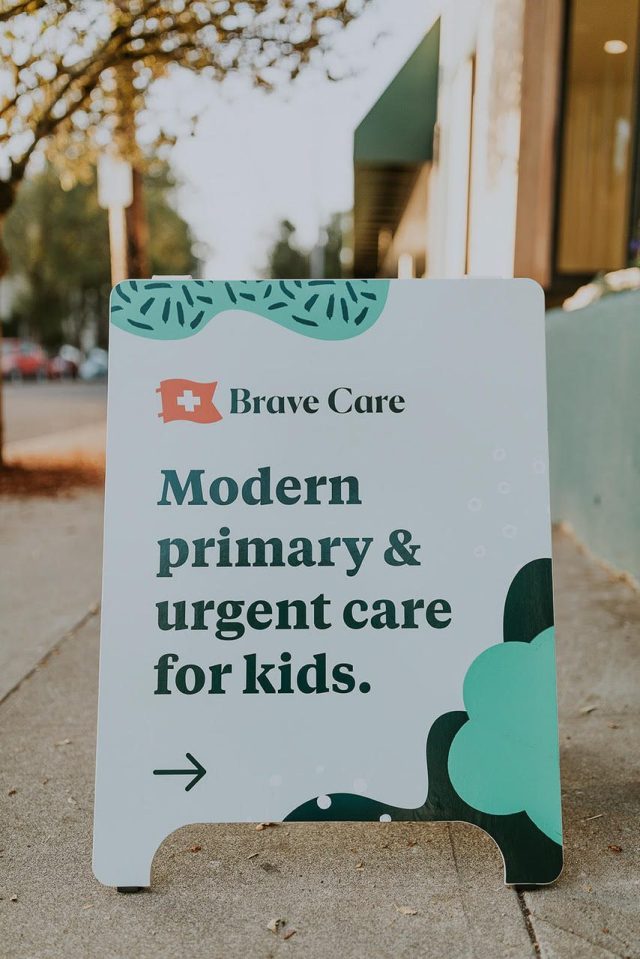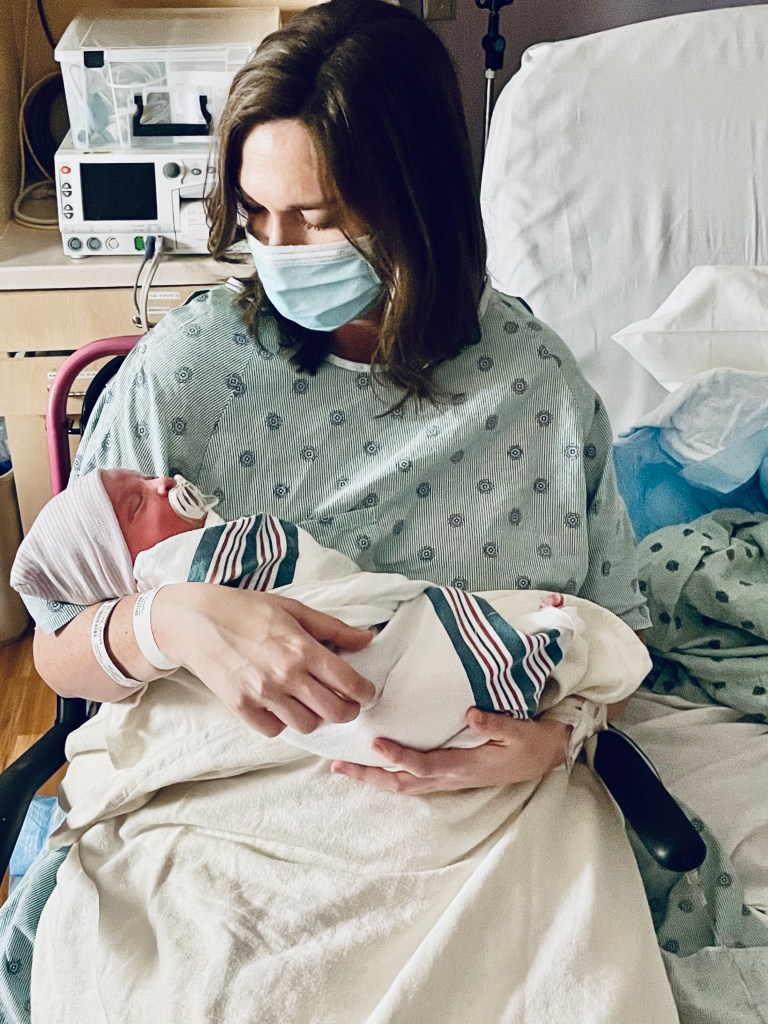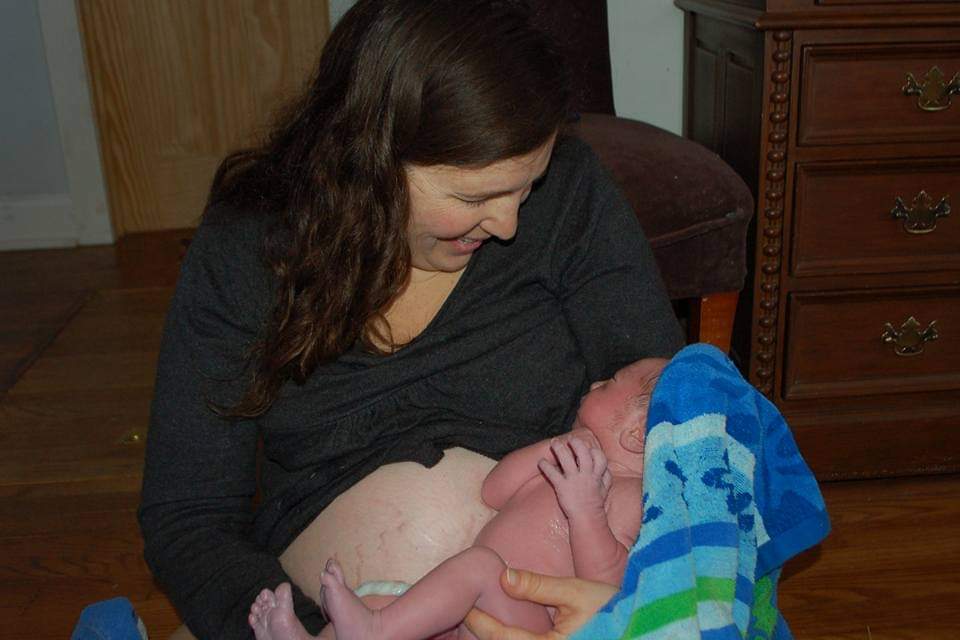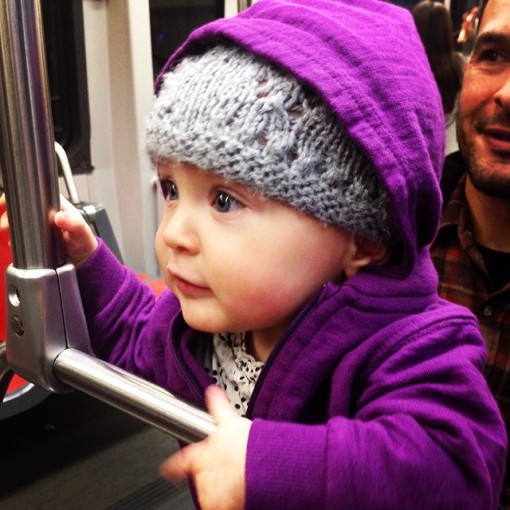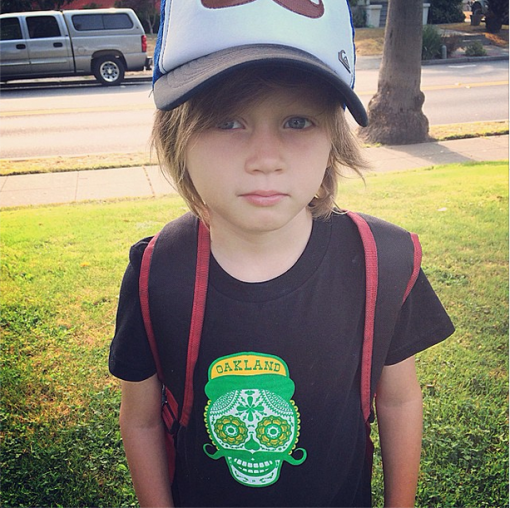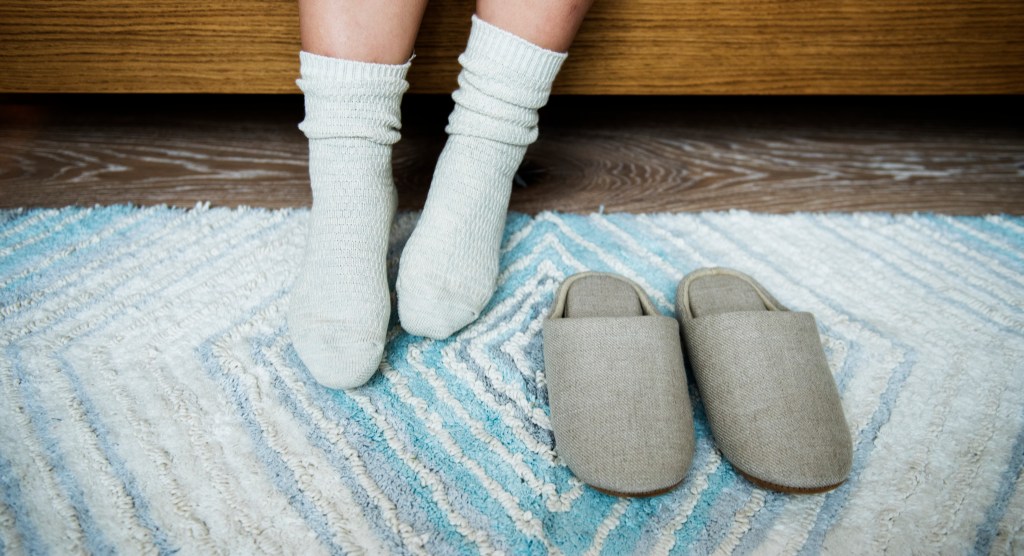It’s better late than never when it comes to getting vaccinated for the flu
If you’ve been wondering whether to get your flu shot, the U.S. Centers for Disease Control and Prevention (CDC) recommends it with a resounding yes. Even though the weather is still warm and you’re probably not thinking about the flu yet, experts at both the CDC and the American Academy of Pediatrics (AAP) recommend that adults and children over six months old should get the new 2022-2023 vaccine to prevent the spread of influenza.
The CDC has released all the info you need to know about this year’s specific influenza virus strands and when you should make your appointment to get vaccinated.
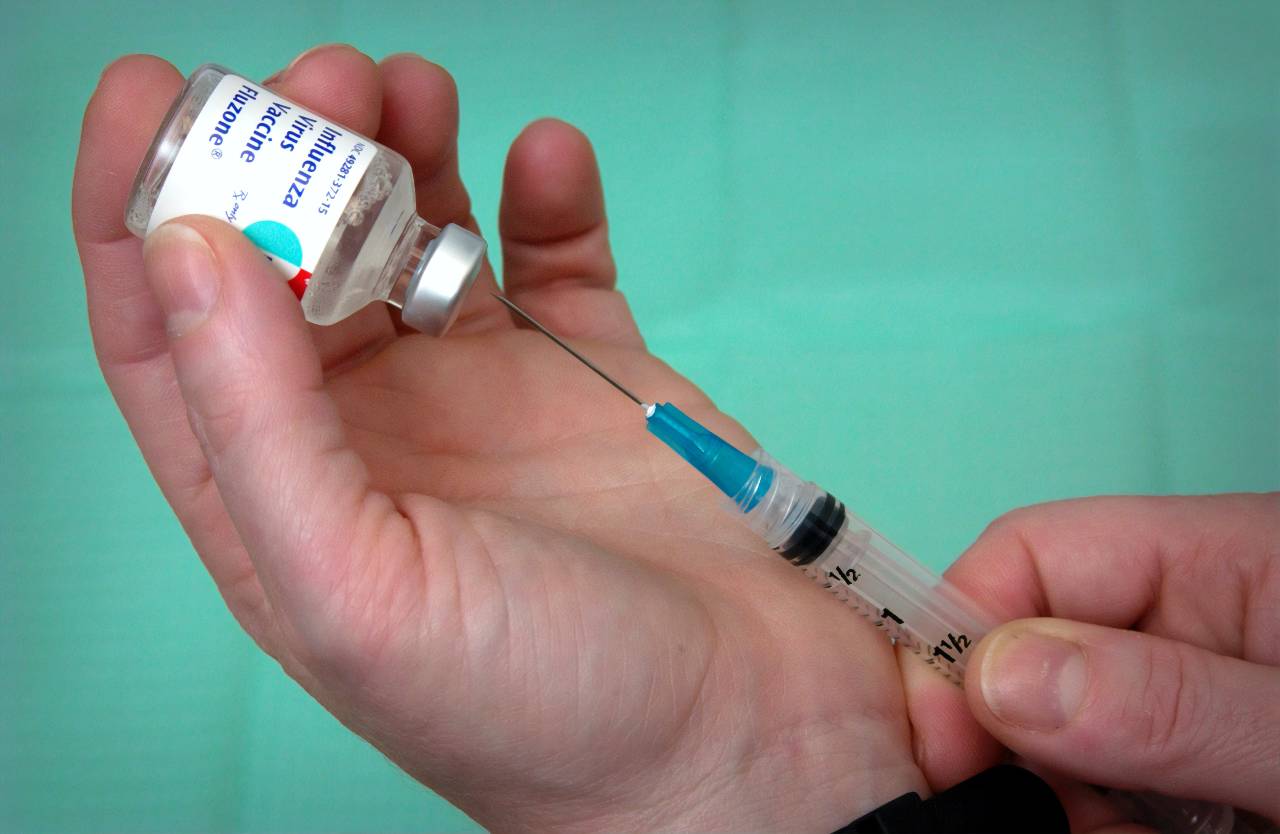
Why should people get vaccinated against flu?
With Covid-19 dominating our lives for the past few years, its easy to see how Influenza took a backseat––but it can still be deadly. The flu leads to hospitalizations and death for thousands of people every year from complications like bacterial pneumonia and chronic health issues like diabetes and congestive heart failure.
Because every flu season is different, getting the vaccine gives everyone the best possible chance to fight the flu. Even though you may still contract the virus, vaccines have been shown to lessen the severity of symptoms and side effects which means less time missing work and school.
How do flu vaccines work?
Your body needs antibodies to help provide protection against influenza, and vaccines help them to develop as soon as two weeks after getting the jab. Seasonal flu vaccines are specifically designed to fight certain flu strands projected to be the most common in the U.S and fight against four viruses: an influenza A(H1N1) virus, an influenza A(H3N2) virus, and two influenza B viruses.
When should I get vaccinated?
Don’t wait until your friends and family start dropping like flies from the flu. September and October are great times to get vaccinated for anyone six months and older. Most flu vaccines will become available starting in September, and while you shouldn’t wait until the season is in full force, even getting vaccinated in November and later is a good choice. With flu season peaking in February, the earlier you can protect yourself, the better.
Adults 65 years and older should not get vaccinated too early, to ensure proper protection during the entire flu season. On the flip side, children can get vaccinated as early as July or August. If you’re pregnant, be sure to check with your physical on getting immunized during your third trimester.
Why do I need a flu vaccine every year?
As mentioned above, each flu season is unique and annual vaccines are developed to combat the specific strands prevalent that year. Getting a flu shot every year also offers protection for waning immunization from the year prior.
Does flu vaccine work right away?
Immunization reaches optimal protection levels two weeks after vaccination. This is why it’s of utmost importance to get your flu shot before everyone in your community starts spreading the virus.
You can read more about this year’s influenza season and vaccines on the CDC website.






